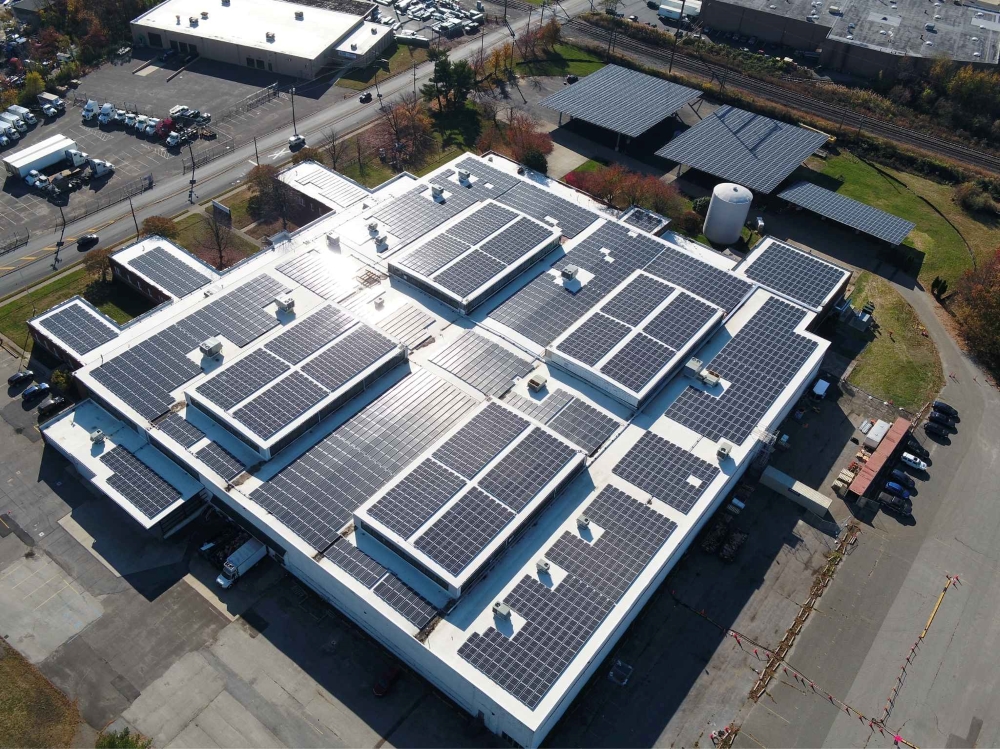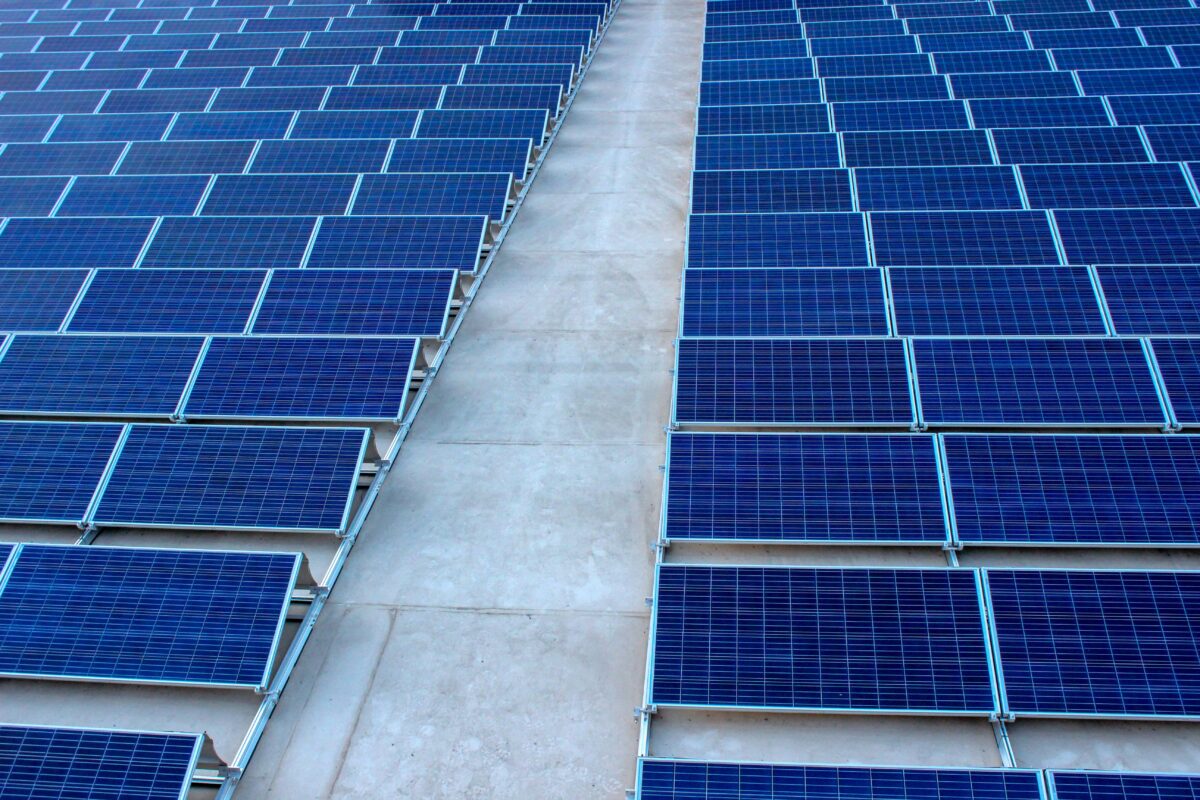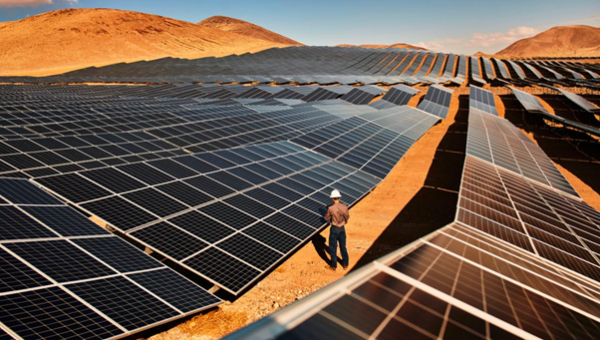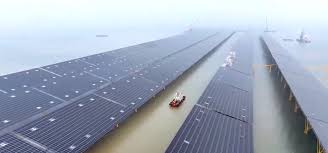
The solar industry is often classified into four main sectors based on project size and end use type: residential solar, commercial and industrial solar, community solar, and utility-scale solar.
The smallest market of the four – commercial and industrial (C&I) solar, is a critical sector that brings electricity bill savings and decarbonizes operations for businesses and industry. One business making a splash in this sector is Solar Landscape, a New Jersey based C&I solar developer that announced it has secured over $847 million in new funding this year.
Solar Landscape installs solar on the roofs of warehouses, factories, and other commercial spaces, bringing clean energy on-site where it is being used. The company said the funding secured in 2024 will help it deploy more than 200 rooftop solar installations, enough power for the equivalent demand of over 50,000 households.
The company has some high-profile customers including Walmart, which announced an investment in 74 commercial rooftop solar projects in Maryland and Illinois, combining for 43 MW of capacity.
The company also inked a large deal with Prologis, a logistics real estate company. Solar Landscape will develop over 30 million square feet of rooftop solar, helping the logistics provider achieve its goal of 1 GW of on-site solar and battery energy storage by 2025.
Funding this year came via debt, equity and tax equity, and included participation from KeyState Renewables, Silicon Valley Bank, KeyBanc Capital Markets and National Bank of Canada.
“The surge in U.S. grid energy demand makes commercial rooftops ideal for solar,” said Shaun Keegan, chief executive officer and co-founder of Solar Landscape. “At Solar Landscape, we’ve led the design-build process for these projects since 2012, standing apart by being vertically integrated and forming lasting partnerships with real estate clients.”
In 2024 alone, the company signed contracts for 40 million square feet of rooftop solar space. Solar Landscape said these bookings will lead to 500 MW of rooftop solar development, or enough for 80,000 households, and will require a further $1 billion in capital investment.







